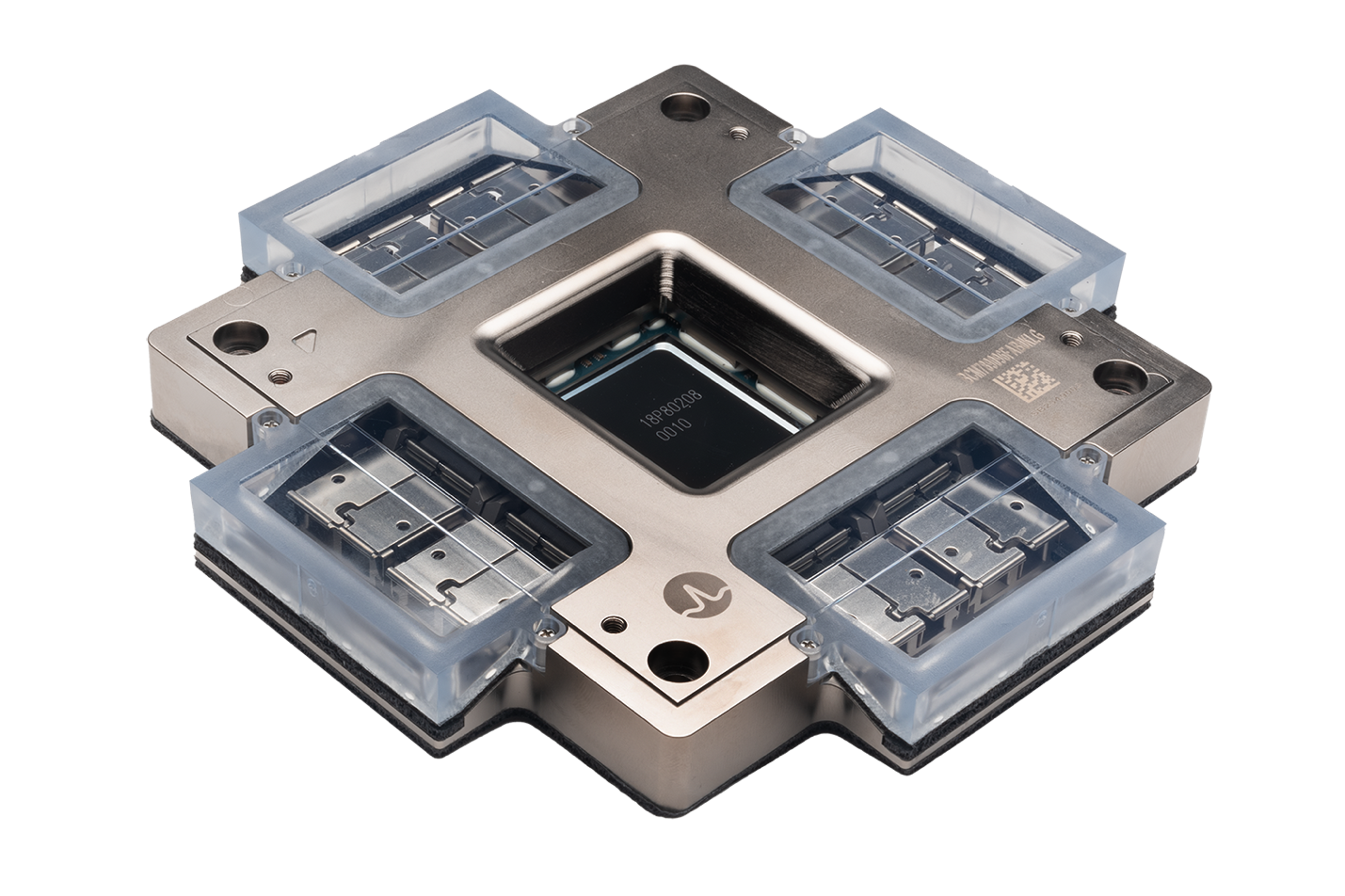In the rapidly evolving world of data centers, structured cabling standards play a crucial role in ensuring that cabling...
In the rapidly evolving world of data centers, structured cabling standards play a crucial role in ensuring that cabling infrastructure is not only high-performing but also scalable, reliable, and safe. To help data center professionals stay informed and make informed decisions, we’ve compiled a reference guide covering key industry standards organizations and their relevant guidelines.
Following these standards is essential. Standards provide the framework for interoperability, safety, and efficiency across various cabling types and topologies, ultimately supporting seamless operation and expansion capabilities. At CABLExpress, we understand the critical nature of these guidelines because we’re more than just experts – we’re actively involved in shaping them. As a voting member of the TIA-942 standards committee, we contribute to the structured cabling standards that enable dependable infrastructure in modern data centers. This involvement also means that we integrate these standards directly into our solutions, providing customers with products and designs that are built for compliance, scalability, and long-term performance.
Below, you’ll find each major standards organization and the specific guidelines they’ve established for data center structured cabling. Each section includes a “practical use example” to show how these standards might apply in real-world scenarios, helping illustrate their practical impact on data center operations.
- Telecommunications Industry Association (TIA)
Standard: TIA-942 and TIA-568
Focus: TIA-942 provides guidelines for data center cabling infrastructure, addressing the layout and requirements for copper and fiber optic cabling systems to ensure high performance, reliability, and scalability. TIA-568 covers general structured cabling for commercial buildings, including data centers, setting performance specifications for twisted-pair copper and fiber optic cabling.
Practical Use Example: A data center manager designing a new facility might consult TIA-942 to optimize the physical layout and cabling for scalability and easy troubleshooting. For example, the TIA-942 standard includes a structured cabling topology that allows equipment to be added or replaced without disrupting operations, making it easier to scale up the data center in the future.
- International Organization for Standardization (ISO) / International Electrotechnical Commission (IEC)
Standard: ISO/IEC 11801-5 and ISO/IEC 24764
Focus: ISO/IEC 11801-5 is specifically for data centers, providing cabling standards like TIA-942, while ISO/IEC 24764 covers generic cabling systems in data centers, addressing design and performance specifications across copper and fiber optic cabling to ensure global consistency and interoperability.
Practical Use Example: An international company building data centers across multiple countries would use ISO/IEC standards to ensure that all locations adhere to the same cabling requirements. This consistency simplifies maintenance, allows for interoperable parts and equipment, and ensures that staff can apply the same processes in each location, regardless of local variations in national standards.
- Institute of Electrical and Electronics Engineers (IEEE)
Standard: IEEE 802.3 (Ethernet Standards)
Focus: IEEE defines Ethernet standards, including speeds from 10 Mbps to 400 Gbps and beyond. These standards are critical for structured cabling as they define the electrical and physical requirements for cabling systems in data centers, including twisted pair, fiber optic, and backplane cabling.
Practical Use Example: A network architect planning for high-speed data transmission in a hyperscale data center might rely on IEEE 802.3 standards to select the appropriate cabling to support 400G Ethernet speeds. By following IEEE standards, they can ensure that the cabling meets the required performance thresholds for specific speeds and protocols, allowing seamless integration of new equipment as technology advances.
- Building Industry Consulting Service International (BICSI)
Standard: BICSI-002
Focus: BICSI provides best practices and standards for design, implementation, and management of data center infrastructure, focusing on pathways, spaces, and cabling. BICSI-002 outlines operational efficiency and risk reduction strategies for physical infrastructure, including cabling, power, cooling, and security.
Practical Use Example: A consultant hired to upgrade an existing data center might use BICSI-002 as a guide to streamline cabling pathways, enhancing airflow, and minimizing cable congestion. The standard’s focus on physical infrastructure helps consultants optimize the space for better airflow and cooling efficiency, reducing the risk of overheating, and ensuring the data center operates within safe temperature ranges.
- American National Standards Institute (ANSI)
Standard: ANSI/BICSI 002
Focus: This standard, developed in conjunction with BICSI, addresses a broad range of data center design elements, covering structured cabling and ensuring alignment with TIA and ISO standards for robust and interoperable infrastructure.
Practical Use Example: During a new data center project, a facilities manager could refer to ANSI/BICSI 002 to align their cabling and physical design with industry-recognized best practices. The standard’s detailed guidelines on cabling, pathways, power, and cooling help ensure that the facility meets performance and safety benchmarks, while also promoting interoperability with other standardized equipment.
- European Committee for Electrotechnical Standardization (CENELEC)
Standard: EN 50173-5
Focus: CENELEC provides standards for cabling systems in Europe, specifically EN 50173-5, which aligns with ISO/IEC standards and focuses on structured cabling in data centers.
Practical Use Example: A European-based data center operator may look to EN 50173-5 when planning the cabling layout and infrastructure for a new data hall to ensure compliance with European regulatory standards. This alignment with ISO/IEC requirements means the facility’s design will also be compatible with international cabling practices, making it easier to adopt new technology or work with international partners in the future.
Recent Posts
Introduction: A New Chapter in Optical Connectivit
Low-loss fiber connectivity is essential for...
Starting a data center hardware upgrade is a...
Posts by Tag
- data center (12)
- Fiber Optic Cables (11)
- Cabling (7)
- NETWORKING (6)
- Structured Cabling (6)
- Fiber Optic Cabling (5)
- Fiber Cable (4)
- Networking Cables (4)
- Fiber Cables (3)
- Hardware Security (2)
- IT Infrastructure (2)
- Port Replication (2)
- Sustainability (2)
- AI (1)
- Brocade (1)
- Carbon Offsetting (1)
- Data Security (1)
- FCOE Works (1)
- ICLs (1)
- IT Equipment (1)
- IT Network (1)
- IT infrastructures (1)
- POE (1)
- Switches (1)
- Tapped Holes (1)
- data centers (1)
- hardware (1)
- infrastructure (1)
- storage (1)
- strategy (1)
Popular Posts
Why does the gauge matter in my network’s racks?...
High dB loss in fiber optic cabling...
Let’s look at the construction of fiber optic...








